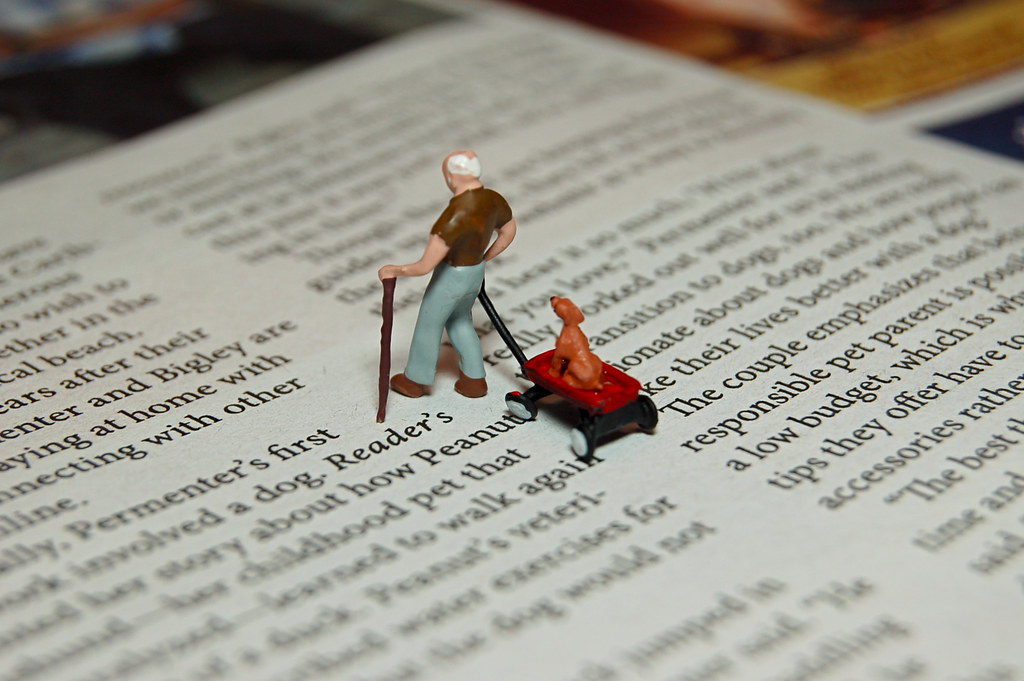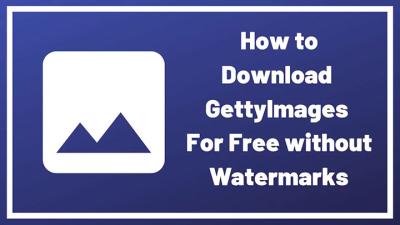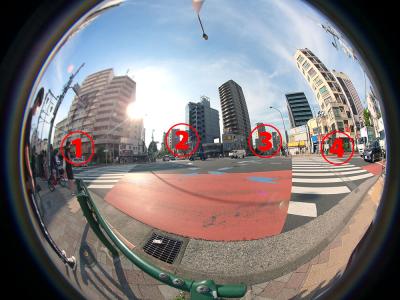Live events, ranging from concerts and sports competitions to political rallies and cultural festivals, serve as significant moments in time. Documenting these events through photographs and videos helps preserve their memory, conveys powerful emotions, and informs audiences. Getty Images plays a crucial role in this realm by providing high-quality imagery that captures the essence of live events. This resource not only aids in publicizing the events but also serves as historical documentation for future generations to understand the cultural and societal context of different moments.
The Importance of Visual Storytelling

Visual storytelling is essential in capturing the essence of live events. Images have the power to convey emotions, tell stories, and inspire action. Getty Images excels in visual storytelling by curating a vast collection of images that reflect varied perspectives and moments during live events. These visuals do more than simply document; they engage audiences emotionally, making them feel as if they were present at the event.
- Emotional Impact: A photograph can evoke feelings that words sometimes cannot. Capturing cheers, tears, and expressions connects audiences to the moment.
- Historical Record: Images serve as a chronological record, offering insights into societal changes, cultural shifts, and significant moments in history.
- Global Reach: Getty Images disseminates visuals to a worldwide audience, ensuring that the impact of live events transcends geographical boundaries.
- Enhanced Engagement: Effective visuals can increase engagement on digital platforms, attracting more viewers and creating buzz around an event.
In conclusion, Getty Images plays a pivotal role in documenting live events through visual storytelling, capturing the significance of each moment and sharing it with a global audience.
The Process of Capturing Live Events
Capturing live events is more than just pointing a camera and clicking a button; it’s an intricate process that blends preparation, timing, and a dash of luck. When photographers from Getty Images gear up for a live event, several critical steps ensure that each moment is documented with precision and artistry. Here’s how they do it:
- Pre-Event Research: Before the cameras roll, photographers immerse themselves in research. Understanding the event’s significance, key participants, and potential moments of impact are crucial. This groundwork allows them to anticipate what might unfold.
- Gear Preparation: Photographers rely on top-notch equipment to capture high-quality images. This includes professional cameras, lenses suited for various angles, lighting equipment, and sometimes drones for aerial shots.
- On-Site Positioning: Arriving early is essential. Getty photographers scout locations, looking for vantage points that maximize visibility and minimize distractions. Strategic positioning can make a world of difference in capturing that perfect shot.
- Adaptability: Live events are unpredictable. Photographers must be ready to adapt to changes, whether it’s a sudden shift in the program or unexpected emotions from attendees. Being in the right place at the right time often requires a keen sense of awareness.
- Post-Event Editing: After the dust settles, the work isn’t over. Photos undergo editing to enhance quality while maintaining authenticity. This step showcases the essence of the event crisply and vividly.
From concerts to political rallies, the process of documenting live events by Getty Images is a meticulous blend of artistry and strategy, creating an invaluable historical record for future generations.
Impact of Getty Images on News Media and Journalism
Getty Images has significantly transformed how news media and journalism function in the modern era. As a stalwart in visual storytelling, Getty has bridged the gap between raw events and public understanding in several compelling ways:
- Accessibility to Quality Content: Prior to Getty’s prominence, high-quality images were often inaccessible to smaller news outlets. Getty makes it easier for publications of all sizes to access a rich library of stunning visuals, ensuring that important news stories are told effectively.
- Standardization of Visuals: With a vast collection of images that adhere to professional standards, Getty helps define and uplift the quality of visual journalism. This standardization fosters trust and credibility with audiences.
- Timeliness: In the fast-paced world of news, time is of the essence. Getty’s rapid dissemination of images means that audiences receive real-time visual updates as events unfold, enhancing their understanding of breaking news.
- Global Perspective: Getty Images operates globally, allowing news organizations to portray stories from diverse lenses and cultural backgrounds. This broadens the narrative scope and enriches the dialogue surrounding news events.
- Legal Protection: For many journalists and media outlets, the legal complexities around image usage can be daunting. Getty’s licensing agreements offer protection against potential copyright infringements, allowing media to focus on storytelling rather than legalities.
In a world awash with information, Getty Images plays a critical role in elevating journalism. By offering high-quality, accessible, and diverse imagery, they not only enhance reporting but also enrich the audience’s connection to the events shaping our world.
Ethics and Challenges in Event Photography
Documenting live events, whether it’s a concert, a protest, or a corporate gathering, comes with its own set of ethical considerations and challenges. Getty Images, as a leader in visual storytelling, navigates these complexities with care and sensitivity. Here are some key ethical concerns and challenges photographers face:
- Consent and Privacy: Attendees at live events may not expect to be photographed. It’s crucial for photographers to respect individual privacy and seek consent where necessary. This is especially important in sensitive environments, like protests, where individuals may fear repercussions.
- Context and Representation: Images can be powerful, but they can also be misleading if not presented with proper context. Photographers must strive to represent the atmosphere and emotions of an event truthfully, avoiding manipulation of images that could skew public perception.
- Cultural Sensitivity: Different cultures have varying norms regarding photography and public exposure. Understanding these nuances is essential to avoid offending participants or misrepresenting cultural events.
- Commercialization vs. Ethics: While Getty Images provides valuable assets for commercial use, there is an ongoing debate about the ethics of commodifying images of real-life events, especially those that deal with suffering or injustice.
Navigating these challenges requires a balance of professional integrity and an acute sense of responsibility. As event photographers aim to capture the pulse of the moment, they must remain vigilant and ethical in their craft.
Future Trends in Documenting Live Events
The landscape of event photography is evolving rapidly, heavily influenced by technological advancements and changing audience expectations. Looking ahead, several trends are emerging that will shape how live events are documented:
- Increased Use of Drones: Drones are becoming an invaluable tool for capturing unique aerial perspectives of live events. This technology brings a fresh angle to photography, allowing for stunning shots that were previously hard to achieve.
- Real-Time Streaming and Instant Sharing: With the rise of social media, real-time streaming has become a staple at many events. Photographers are now expected to provide instant content for platforms like Instagram and TikTok, altering traditional photography timelines.
- Augmented and Virtual Reality: As VR and AR technologies advance, we can expect to see more immersive experiences in event documentation. Capturing an event in a way that allows viewers to feel like they’re part of the action could redefine audience engagement.
- Data-Driven Insights: Photographers and event organizers are increasingly utilizing analytics to gauge audience reactions and engagement levels. This data can inform future photography strategies and improve overall event experiences.
As these trends gain traction, they’ll undoubtedly reshape the role of photography in live events, making it an even more dynamic and creative field. Photographers will need to adapt quickly, embracing new technologies while maintaining the essence of storytelling that makes their work impactful.
How to Access Getty Images for Your Projects
If you’re looking to enhance your projects with powerful visuals, accessing Getty Images is quite straightforward. Whether you’re working on a marketing campaign, a blog post, or a presentation, here’s how to get started:
- Visit the Website: Head over to Getty Images. The user-friendly interface makes it easy to search for specific images.
- Use the Search Function: Enter keywords related to your project. For example, if you’re looking for images from a recent concert, type in “concert” along with the artist or location.
- Filter Your Results: Utilize the filtering options to narrow down your search. You can filter by image type (photos, illustrations, videos), orientation (horizontal or vertical), and even by specific events.
- Create an Account: For full access, consider registering for an account. While you can see many images without an account, having one allows you to save favorites and create a personal collection.
- Understand Licensing Options: Getty Images operates on a licensing model, so familiarize yourself with the different licenses they offer—such as editorial use versus commercial use—to choose what fits your needs best.
- Download or Embed: Once you find the perfect image, you can purchase the rights to download it for your use or, in some cases, use an embedded link directly within your online content.
By utilizing Getty Images, you gain access to a vast vault of visual storytelling assets that can elevate your projects and resonate more deeply with your audience.
Conclusion and Final Thoughts on Live Event Documentation
In the roaring world of live events—be it concerts, conferences, or sports—the importance of quality documentation cannot be overstated. Getty Images plays a pivotal role in this element, serving as a bridge between the fleeting moments of live performances and their lasting impacts through visuals.
Here are a few key takeaways:
- Visual Storytelling: Effective documentation captures the energy, emotions, and atmosphere of an event. Getty Images excels in providing high-quality images that encapsulate these moments.
- Access to Diverse Content: Getty’s extensive archives ensure you can find images from various events around the globe, making it a reliable source for unique content.
- Professional Quality: The professionals behind Getty Images ensure that you’re accessing only the best quality visuals, making your projects more credible and visually appealing.
- Understanding Licensing: Being well-versed in how licensing works allows you to use these images properly, avoiding legal issues while maximizing your project’s aesthetic value.
In conclusion, whether you’re a content creator, marketer, or event organizer, leveraging Getty Images for your live event documentation can significantly enhance both reach and engagement. By investing in high-quality visuals, you not only tell a richer story but also honor the experiences of those who participated in those events. So, get out there and start capturing the essence of live events through stunning imagery!


